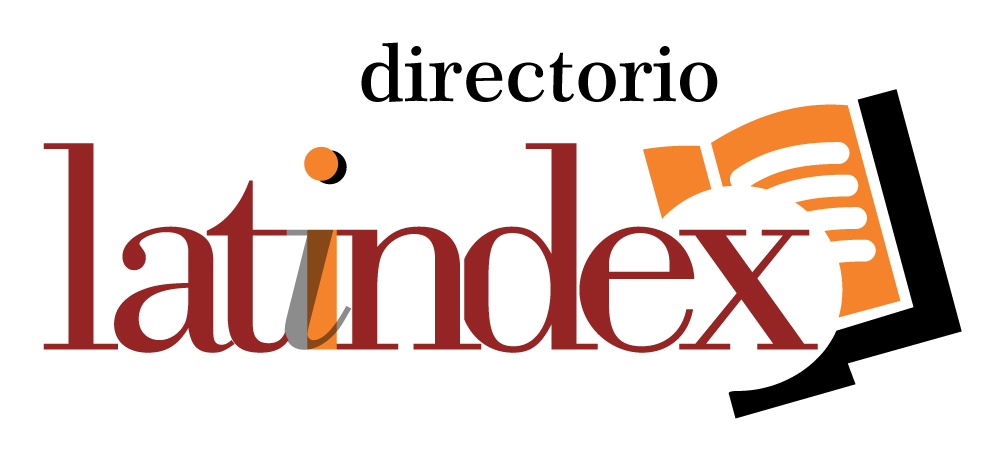Lo profano en lo sagrado: Identidad religiosa y literaria en el Rāmāyaṇa
Resumen
Suele concebirse lo sagrado y lo profano como ámbitos distintos, incluso antagónicos. En la antigua cultura sánscrita muchos casos sugieren una interacción más complejo entre realidades sagradas y profanas. Aquí se explora el Rāmāyaṇa, una de las dos grandes épicas hinduistas. En especial, el artículo revisa la construcción, dentro del Rāmāyaṇa, de una identidad religioso-literaria frente al pasado védico y los valores de la ortodoxia brahmánica. Con este fi n se analiza la tematización que el texto hace de sí mismo como el “poema original” (ādikāvya), así como la lectura por fi guras posteriores como Bhavabhūti (siglo VIII) y BhaṭṭaTauta (siglo X)
Palabras clave
Texto completo:
PDFReferencias
Fuentes primarias
Ānandavardhana (1998). Dhvanyāloka. Delhi: Munshiram Manoharlal Publishers.
Bhavabhūti (2007). Uttararāmacaritam. Trad.S. Pollock. Nueva York: New York University Press y JJC Foundation.
Hemacandra (2007). Kāvyānuśāsana With Alaṅkāracūḍāmaṇi and Viveka. Patan: Hemachandracharya North Gujarat University.
Nooten van B. A. y G. B. Holland (Eds.). (1994). Ṛgveda. A Metrically Restored Text With an Introduction and Notes. Cambridge, Massachusetts: Harvard University Press.
Vālmīki.(1990). Rāmāyaṇa. Delhi: Nāg Publishers.
Fuentes secundarias Brockington, J. L. (1984). Righteous Rāma. Th e Evolution of an Epic. Oxford: Oxford University Press.
Burrow, T. (1955). Th e Sanskrit Language. Londres: Faber & Faber.
Elizarenkova, T. J. (1995). Language and Style of the Vedic Ṛṣis. Nueva York: SUNY Press.
Figueroa Castro, Ó. (2008). El mensaje de amor en la poesía sánscrita: Kālidāsa y Vedāntadeśika. Estudios de Asia y África, 135, 61-82.
Gonda, J. (1984). The Vision of the Vedic Poets. Delhi: Munshiram Manoharlal Publishers.
Hammer, N. (2009). Why Sārus Cranes Epitomize Karuṇarasa in the Rāmāyaṇa. Journal of the Royal Asiatic Society of Great Britain and Ireland, 19-2, 187-211.
Leslie, J. (1998). A Bird Bereaved. Th e Identity and Signifi cance of Vālmīki’s Krauñca. Journal of Indian Philosophy, 26, 455-487.
Lo Turco, B. (2009). Th e Construction of Nature: Ṛṣis and Kavis. Pandanus, 9, 33-44.
Masson, J. L. (1969). Who Killed Cock Krauñca? Abhinava gupta’s Refl ections on the Origin of Aesthetic Experience. Journal of the Oriental Institute, 18-3, 207-224.
Pollock, S. (2006). The Language of the Gods in the World of Men. Sanskrit, Culture, and Power In Premodern India. Berkeley / Los Angeles: University of California Press.
Pollock, S. (2003). Sanskrit Literary Culture from the inside out. En S. Pollock (Ed.). Literary Cultures in History. Reconstructions from South Asia (pp. 39-130). Berkeley: University of California Press.
Pollock, S. (1993). Rāmāyaṇa and Political Imagination in India. Th e Journal of Asian Studies, 52-2, 261-297.
Renou, L. (1956). Histoire de la langue sanskrite. Lyon: Editions IAC.
Richman, P. (Ed.). (1991). Many Rāmāyaṇas. Th e Diversity of a Narrative Tradition in South Asia. Berkeley: University of California Press.
Sharma, A. (2000). Of Śūdras, Sūtas, and Ślokas: Why is the Mahābhārata Preeminently in the Anuṣṭubh Metre? Indo-Iranian Journal, 43-3, 225-278.
Stoler Miller, B. (1973). The Original Poem: Vālmīki-Rāmāyaṇa and Indian Literary Values. Literature East and West, 17, 163-173.
Srinivas, M. N. (1952). Religion and Society among the Coorgs of South India. Oxford: Oxford University Press.
| DOI: https://doi.org/10.53766/HumSur |
| |||||||||||






